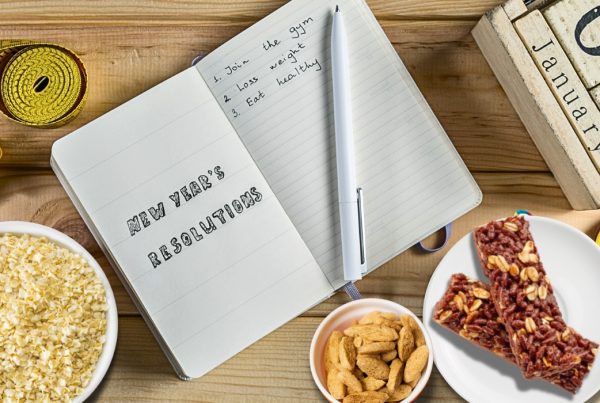Ragi, also known as finger millet, is a highly nutritious grain commonly used in various regions of India and Africa. It is a rich source of dietary fiber, protein, and other essential nutrients that offer numerous health benefits. In recent years, there have been concerns about whether ragi can cause constipation, especially in kids. In this blog post, we will explore whether ragi causes constipation, ways to avoid ragi-related constipation, and the health benefits of it.
Does Ragi Cause Constipation?
The short answer is No. Ragi does not cause constipation. In fact, ragi is rich in dietary fiber, which helps promote healthy digestion and prevents constipation. However, excessive consumption of ragi or any other food item can lead to digestive issues like constipation in some people. It is essential to ensure that your child consumes ragi in moderation and in combination with other healthy foods to maintain a balanced diet.
However, it is crucial to introduce food one ingredient at a time and continue using it for at least a week before introducing another ingredient. Studies have shown that ragi is not recommended for kids with food sensitivities as it might cause diarrhea and upset stomach, gas, or bloating stomach pain. If your kid is experiencing constipation or any other digestive issues, it is best to consult a pediatrician for appropriate advice and treatment.
Ways to Avoid Ragi-Related Constipation
If you are introducing ragi to your child’s diet or increasing its consumption, it is important to do so gradually. Sudden changes in diet can cause temporary digestive discomfort like bloating, gas, or mild constipation. Here are some ways to avoid ragi-related constipation:
Start Slowly :
If your child is not used to consuming high-fiber foods like ragi, start with a small amount and gradually increase it over time. This will help their digestive system adjust to the new food and prevent constipation.
Hydration :
Increase your child’s water consumption when introducing ragi to their diet. Adequate hydration is important for healthy digestion and bowel movements.
Pair with Ghee or Vegetables :
Combining and pairing ragi with ghee or vegetables can help in easy digestion. Ghee is a healthy fat that lubricates the digestive system, while vegetables provide additional fiber and nutrients.
Monitor Your Child’s Reaction
Every baby and their digestive system are different. Monitor your child’s reaction when introducing ragi to their diet. If they experience any digestive discomfort like bloating, gas, or constipation, adjust the amount or frequency of ragi consumption accordingly.
But why insist on Ragi consumption, you might think. Here are some of the key benefits of consuming ragi that you shouldn’t ignore
Nutrient-rich: Ragi is a good source of essential nutrients like calcium, iron, magnesium, and zinc that promote healthy bones, teeth, and overall growth and development.
Digestive health: The high fiber content in ragi promotes healthy digestion and helps prevent constipation.
Diabetes management: The low glycemic index of ragi helps regulate blood sugar levels and may benefit people with diabetes.
Heart health: Ragi is rich in antioxidants and phytochemicals that help lower the risk of heart disease.
Gluten-free: Ragi is a natural gluten-free grain, making it a good choice for people with celiac disease or gluten intolerance.
Ragi is a non-glutinous and non-acidic grain that is easily digestible by infants. It helps strengthen bones and prevent anemia due to its high calcium and protein content. Ragi flour contains essential nutrients like calcium, dietary fiber, protein, iron, vitamins B1 and B2, making it a superfood for babies. Additionally, ragi is rich in tryptophan, an essential amino acid that helps manage insomnia, depression, and anxiety, promoting sound sleep in both babies and adults. Feeding babies ragi at night can help them to sleep peacefully.
Incorporating Ragi into your family’s diet can be a great way to promote health and well-being. The age old wisdom of making Ragi one of the weening foods, wasn’t without merit and considering the health benefits Ragi should be a part of everyone’s diet, young or old.
Whether you choose to use Ragi flour to make porridge, add Ragi to your smoothies, or bake with Ragi flour, there are many ways to enjoy this nutritious grain. So, go ahead and give Ragi a try and reap the many health benefits it has to offer.







